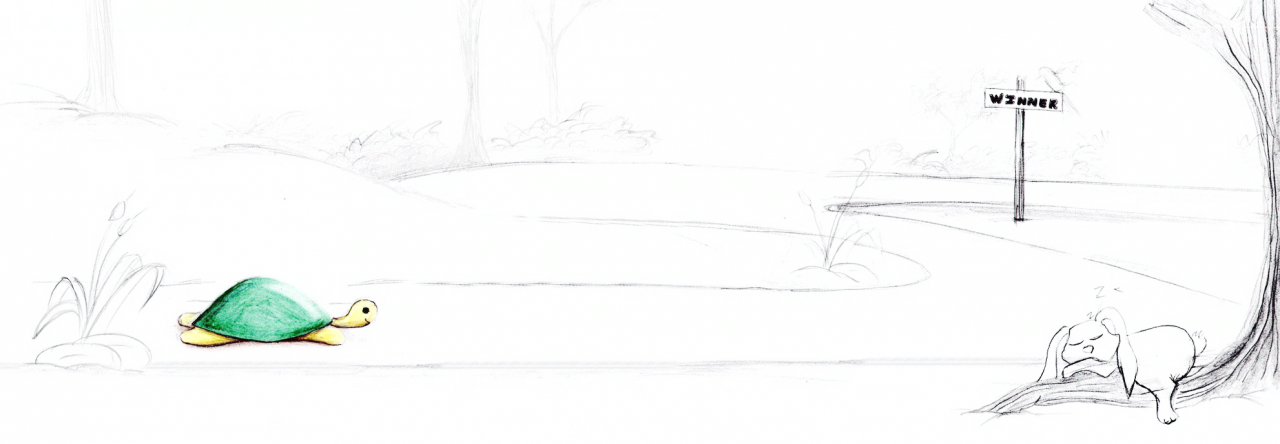“Thoda market ko stable hone do, phir invest karenge” , exclaims a potential investor being chased by every salesperson of a financial intermediary in these dampened markets. In hindsight, the salesperson is offering the sanest advice to invest especially when the markets are battered and bruised. However, the person who was thinking to invest has never run out of reasons for his preference towards real estate and gold over equities. His primary reason of abstaining from equities is waiting for the Indian markets to resuscitate. While equity Investor continue to sleep and invested heavily in gold and real estate, the markets are offering them umpteen hints to resume investing.
European debt crisis
It all started in the late 2009. Commonly known as the Eurozone crisis, the crisis made it almost impossible for some countries to repay their government debts. Banks over there being grossly undercapitalized and compounded by liquidity problems sent shockwaves among the global investors. The investors were caught in the fears of sovereign debt crisis amongst the European nations which was spread unevenly; most famous being Greece. Speculations were rife nationally and internationally that Greece will default on its debt. Sentiments were poor, markets crashed globally and Volila, Greece was Europe’s best performing stock market in 2012 clocking 33%. All expert opinions of carnage in the markets went for a toss alongwith the investor’s belief of investing only when the markets are stable.
Political instability in UPA:
“UPA proposes, Mamata disposes” was becoming the norm in everyday headlines; until one day Congress decided to part ways with its second biggest constituent of the UPA with 19 members inLok Sabha. She wanted the withdrawal of FDI, rollback of diesel prices and raising the cap on subsidized cylinders. All in all, she was firing cylinders from left, right and center. Then arrived the experts claiming “although reforms will start, but political stability is a concern”. Indian investors got another reason to wait and let the UPA stablise, then they would invest. UPA was stabilised eventually, but Investors continued to stay away while Foreign Institutional Investors were enjoying the party. In fact, there were net redemptions in Mutual Funds by retail investors.
Current account deficit and fiscal deficit:
After politics was stabilised, then came the issue of widening Current Account Deficit (CAD) and fiscal deficit faced by India. Various economists and all sorts of forecasters were cutting down expected growth rates. Everyday we were getting a new growth rate ranging from 5 to 7 to 9 percent. There were some suave statisticians giving the numbers like 6.1, 5.2, 5.8 percent etc blaming everything on the CAD and fiscal deficit. In fact, these two terms became so hot and sexy in the markets that it made every expert sound very cool. Meanwhile Sensex almost touched 21,000, FIIs enjoying the party !!. But investors were brainwashed that it’s a good time to invest but paradoxically they were consistently warned against CAD and fiscal deficit. Indian investors took the latter part more seriously and continued their own party with gold and real estate. Lets not discuss what really happened to Gold.
Weak unemployment rate in US
The unemployment rate in the US jumped to 7.6% while the Dow Jones was and continues to hit a new high every day. And then Mr. Bernanke hinted the tapering of monetary policy rocking the Indian bond and equity markets. We were more worried about FIIs pulling out their money (which they did not); although the continuous bond purchases were not showing considerable improvements in the employment data.
Weak Indian Currency:
The rupee fell to an all-time low of 61 against the dollar. The key reasons were widening CAD, fiscal, strong dollar (of course), weak economic fundamentals, etc. Not to forget that problems relating to political instability, Eurozone crisis and weak unemployment in US has been completely resolved now ! So Indian markets crashed because of the falling rupee (they say so), bond markets took everyone by surprise forcing the RBI to step in and take some strict measures while the “Potential” equity investors are still waiting for the rupee to “stabilize” at 55 or 54 or 53 or whatever to enter the markets. Meanwhile there were more news about the retail investors discontinuing their SIPs and falling rental yields in housing markets.
Despite the political turmoil, massive terrorism and an economy expected to grow by only 3.6%; the Karachi Stock Exchange has risen by 40% so far this year in local currency terms. This performance is second only to Japan. While we do not expect some egregious terrorist attacks or the situations like Greece to give us the opportunity to enter the markets, the inconsistent selling of FIIs are a great opportunity for retail investors to start entering. As per the studies, it takes only 60 best trading sessions for an investor to lose opportunities in stocks. So either one can safely assume that the most gutsy investors always gain in the stocks or the ignorants will always continue to ignore the hints. I concur that times are bad but this is the time to enter before it all starts getting better. So lets not miss the bus this time.

Abhishek Sethi
I totally agree with your views and looking forward to invest more. Cheers !
Ankur Mahajan
Thanks Abhishek for reading and commenting !